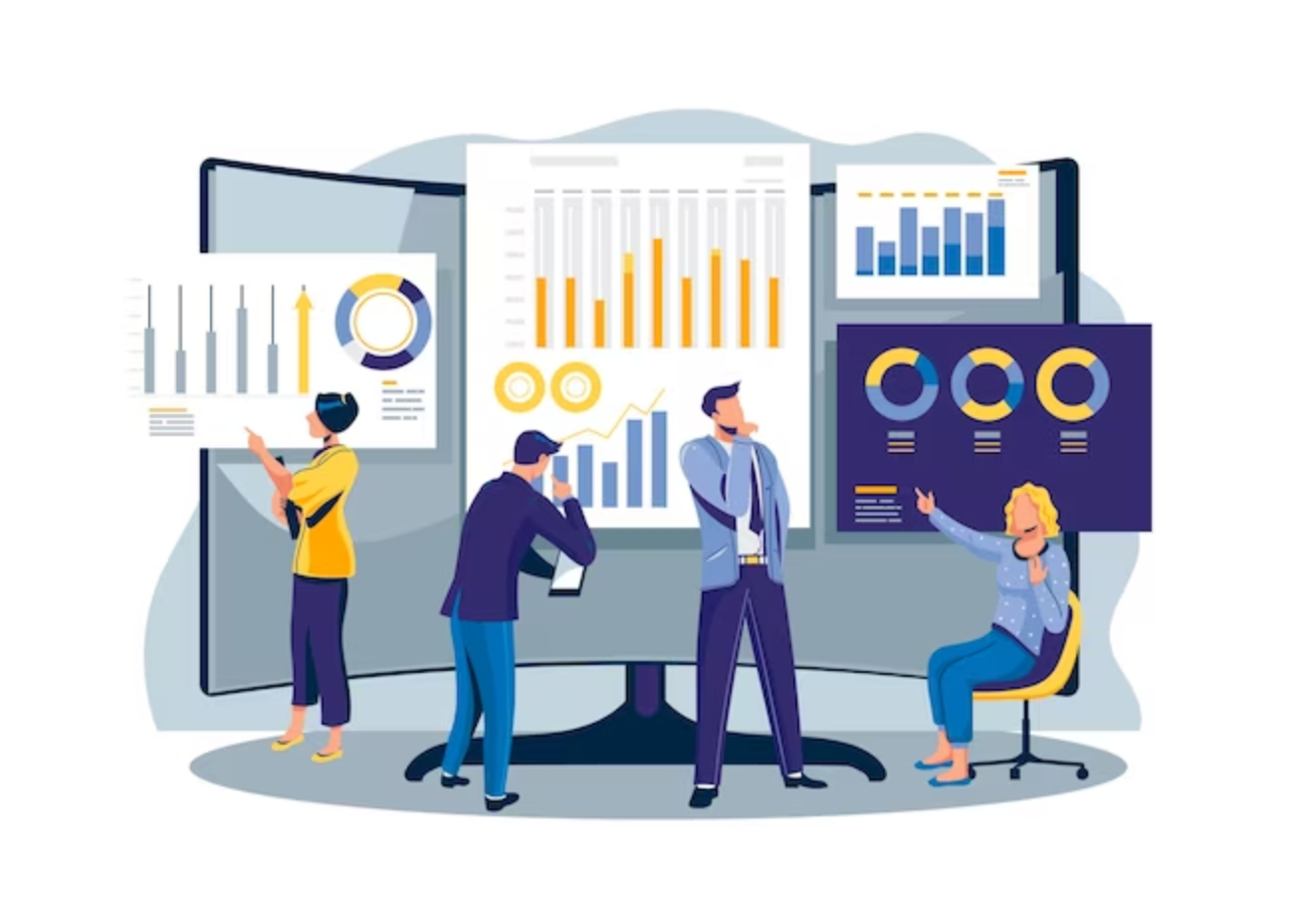Introduction
If you are a business owner, everyday, your customers generate an abundance of data. Each time they open their email, use a mobile app, tag someone on social media, walk into a store, the relevant technologies collect and process data. And that’s just the customers – there are also employees, supply chains, marketing efforts, finance teams etc.
Big data is an extremely large volume of data and datasets that come in diverse forms and from multiple sources. There are huge benefits of collecting such data. But that is not enough – it has to be put to use. Thanks to rapidly growing technologies, organizations can use Big Data Analytics to transform enormous sizes of data into rewarding insights.
As a definition, Big Data Analytics, is the complete process of examining large sets of data through a variety of tools in order to discover unknown patterns, hidden correlations, meaningful trends, and other insights for driving strategic decisions.
Types of Big Data Analytics
Descriptive Analytics: In this type of analytics, trends in datasets are observed and described. It answers the question as to what happened and thus provides a high-level, rearview-mirror view of the business performance.
Diagnostic Analytics: In this type, the trends are observed to find why the problem occurred, so it can be prevented in future.
Predictive Analytics: In this type of analytics, past and present data trends are extrapolated to the future.
Prescriptive Analytics: This type of analytics tries to answer the question how the group can achieve some goal – what strategies should be followed
Big Data Analytics Tools
Hadoop: It is an open-source framework that stores and processes big data sets. Hadoop can handle and analyze structured and unstructured data.
Spark: It is an open-source cluster computing framework for real-time processing and data analysis.
Data Integration Software: These include programs that allow big data to be streamlined across different platforms, such as MongoDB, Apache, Hadoop, and Amazon EMR.
Stream Analytics Tools: These are systems that filter, aggregate, and analyze data that might be stored in different platforms and formats, such as Kafka.
Distributed Storage: These are databases that can split data across multiple servers and can identify lost or corrupt data, such as Cassandra.
Predictive Analytics Hardware and Software: These are systems that process large amounts of complex data, using machine learning and algorithms to predict future outcomes which is useful in fraud detection, strategic marketing, and risk assessments.
Data Mining Tools: These are programs that allow users to search within structured and unstructured big data.
NoSQL Databases: These are non-relational data management systems ideal for dealing with raw and unstructured data.
Data Warehouses: These are storages for large amounts of data collected from many different sources, typically using predefined schemas.
Benefits of Big Data Analytics
Cost Reduction: Through insights from trends, insights are garnered, which cut costs through strategic business decisions.
Product Development: By studying customer behavior, Big Data Analytics reveals how to fabricate product so as to be more likable
Strategic Business Decisions: Instead of gut feelings and intuition, business decisions can be taken with more certainty based on concrete trends
Customer Experience: Big Data Analytics helps in understanding and generating a holistic environment for the customers so that their experience can be accentuated.
Risk Management: By analyzing history of past mistakes, threats can be recognized and risks can be thwarted
Conclusion
Today, data is being generated at an unprecedented scale and speed and Big Data Analytics doesn’t come without its share of challenges. Collecting and processing data becomes more difficult as the amount of data grows. Organizations have to spend a lot of time maintaining the quality of data – scrubbing for duplicates, errors, absences, conflicts, and inconsistencies.
However you can definitely foster better decision-making, model and predict future outcomes and enhance business intelligence. With Big Data Analytics organizations are leveraging huge silos of information to optimize operations and fuel growth. How big the significance of Big Data Analytics is in today’s world can be concurred from the size of its developing market. According to Fortune Business Insights, the global market size of Big Data Analytics was valued at $271.83 billion in 2022 & is projected to grow from $307.52 billion in 2023 to $745.15 billion by 2030.
Image Sourced from Freepik
